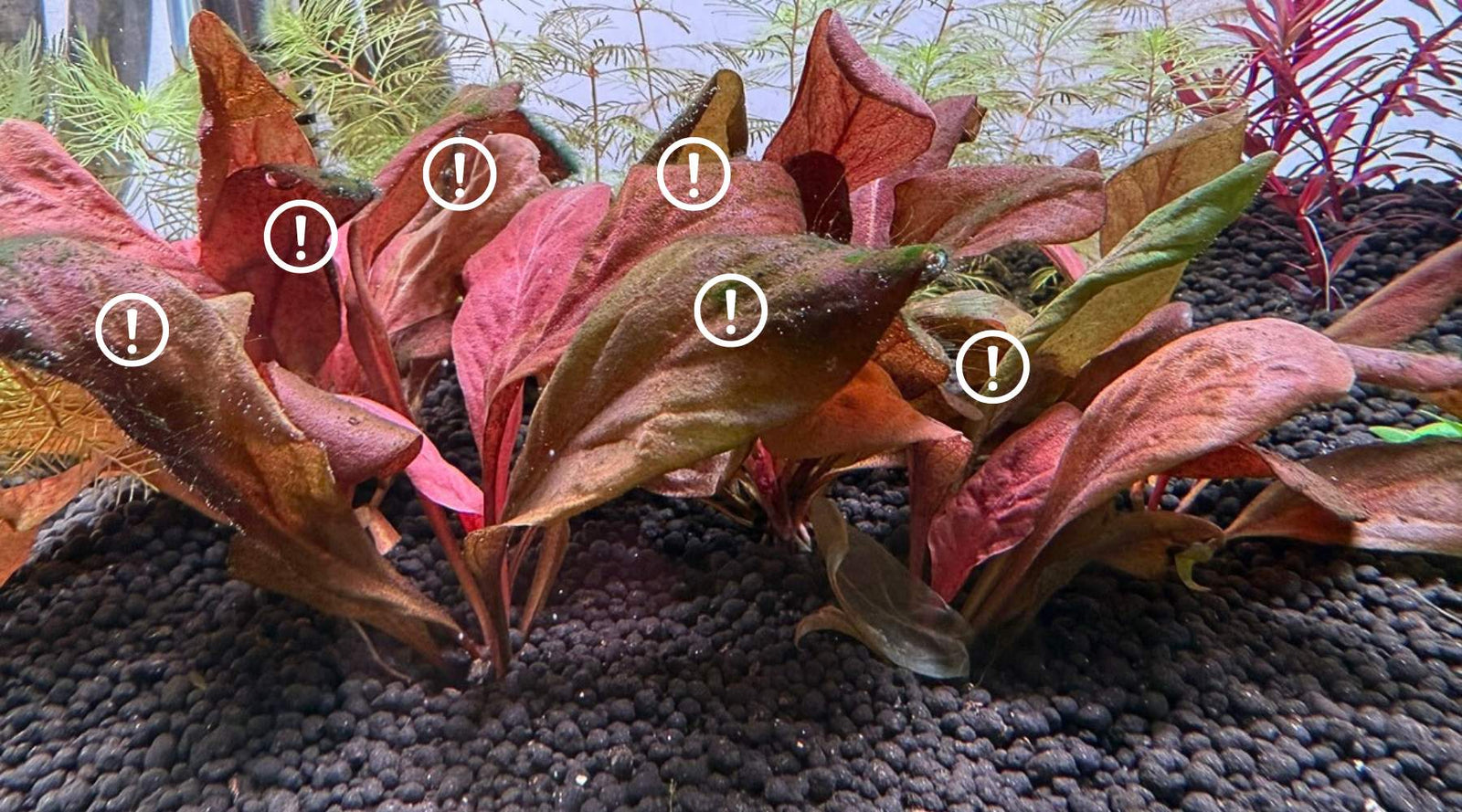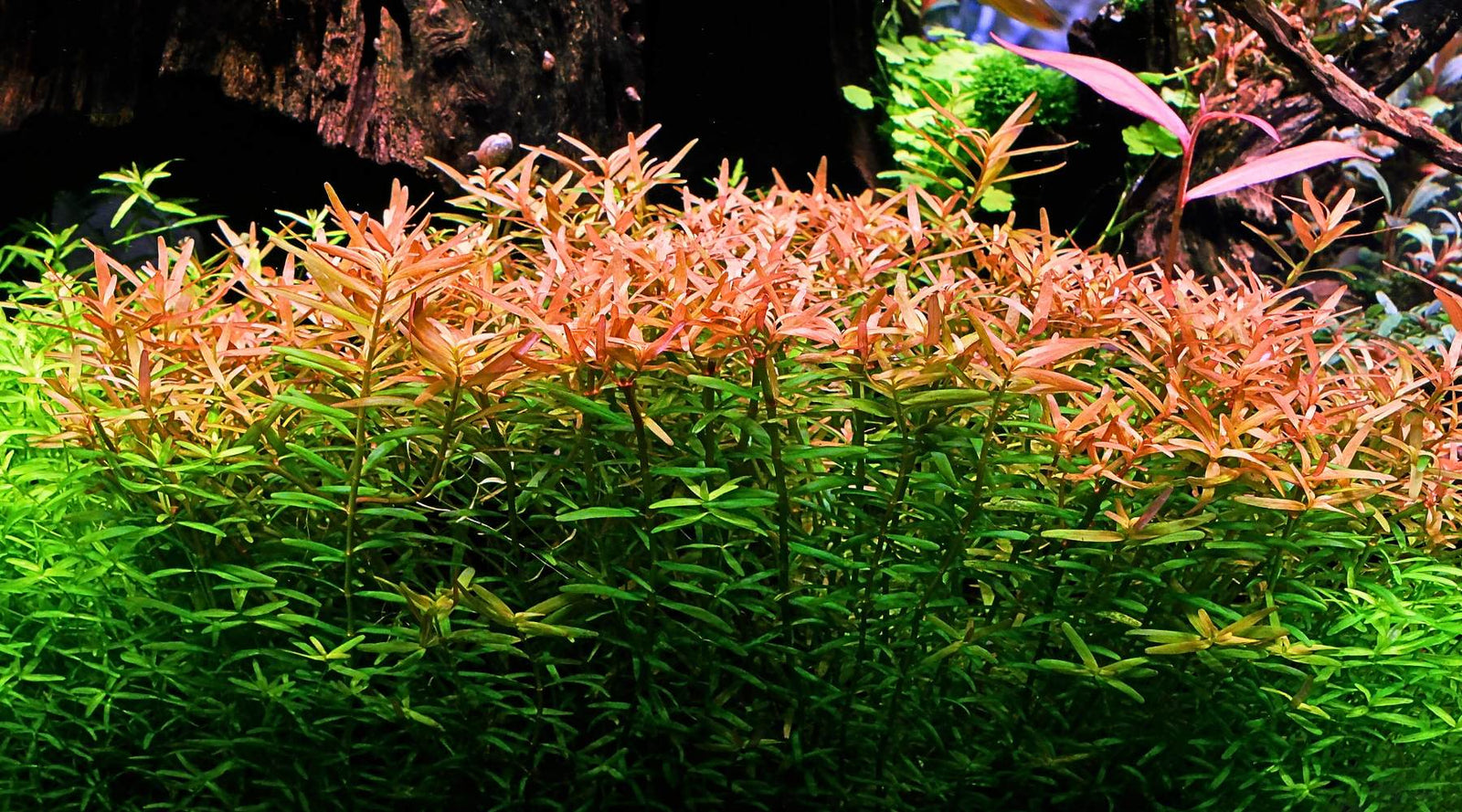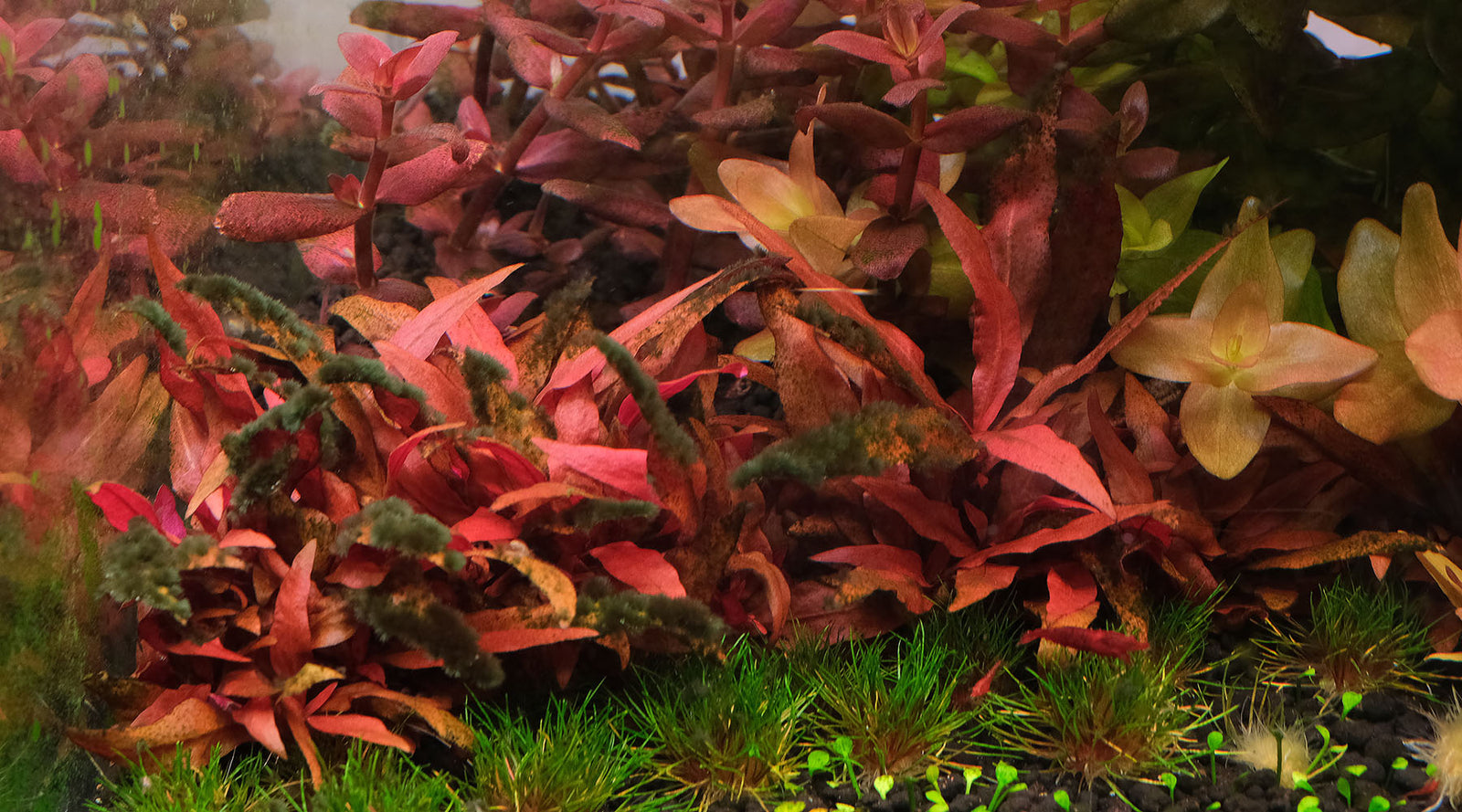Your Cart is Empty
Local Shipping within US, Canada, EU and Australia
Menu

Local Shipping within US, Canada, EU and Australia
Hot Topics

4ft Rotala florida community aquarium: Showcasing the 2hr Way
November 29, 2025 9 min read
Full details of tank parameters, plants and fish species, and the maintenance regime of the 4ft Rotala florida aquascape are described here.

New Tank Journey | Ugly Duckling
April 15, 2025 3 min read
New tanks can be frustrating at the beginning. Here, we describe one important signal that things are actually progressing well, despite plants having algae.

When Less is More
March 26, 2025 3 min read
How to get Rotala rotundifolia redder? Interestingly, less can be more in this case.
Read More
System Shocks
March 19, 2025 3 min read
Sudden widespread algae infestation can take place when changes in environmental parameters induce adaptation stress that weaken plants which become vulnerable to algae.
Read More
Flowering Underwater?
March 12, 2025 2 min read
Do aquatic plants flower underwater? Is flowering a sign of good health? Which plants can I grow that will flower easily in my aquarium?
Read More
Small Tanks- 3 Choices
February 27, 2025 3 min read
3 Choices to maximise success in a small aquarium. We use a 1ft cube example- without CO2 injection.

APT Feast: the pilots' view
February 25, 2025 4 min read
Q&A with the 2Hr Aquarist team about the origins and thinking behind APT Feast.

Monte Carlo vs HC Cuba: same same?
February 19, 2025 2 min read
HC refers to Hemianthus callitrichoides 'Cuba', sometimes called Dwarf Baby Tears. MC refers to Micranthemum 'Monte Carlo'. Both are common and popular. However, although they look similar, they are very different.

Stronger is better?
February 19, 2025 2 min read
Is more flow always better in a planted tank? Is there such a thing as too much flow? What are the disadvantages of too much flow?

Tank Reset? 3 Hacks
February 19, 2025 3 min read
Performing a major tank reset or revamp can be a daunting task. We share 3 useful hacks to make the project easier.
Read More
Holes in leaves?
February 18, 2025 2 min read
Holes in leaves are often associated with poor nutrition.
And they may be. But often they are simply the victim of hungry fish and shrimp, what we call 'herbivore damage'.

Soak before use?
February 18, 2025 3 min read
In using wood in an aquarium is it a good idea to soak the wood prior to use? What happens when wood is submerged in water?
Read More